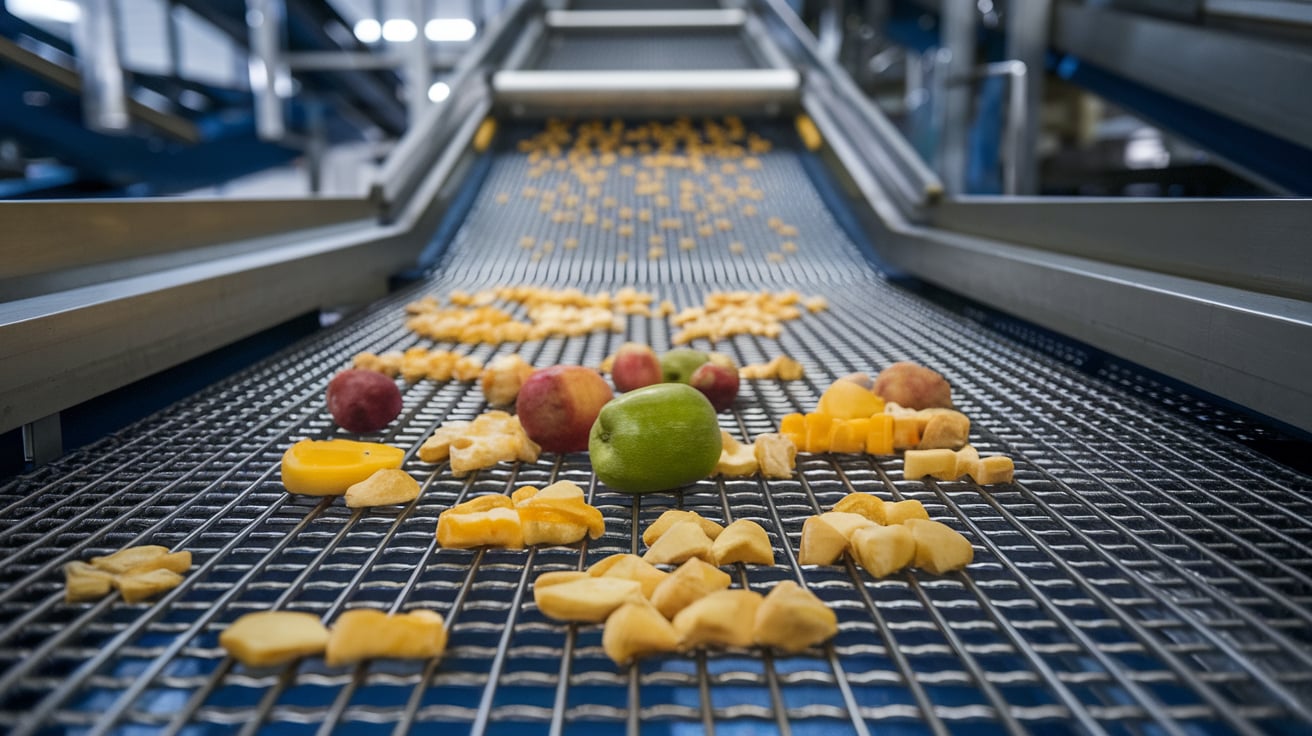The Role of Stainless Steel Wire Mesh in Food Processing Industries
In the ever-evolving landscape of food processing, one material stands out for its versatility, durability, and hygienic properties: stainless steel wire mesh. This essential component plays a crucial role in various stages of food production, ensuring both quality and safety. Let’s explore how this remarkable material is revolutionizing the food industry.
Why Stainless Steel Wire Mesh?
Stainless steel wire mesh has become the go-to choice for food processing applications due to its unique combination of properties:
1. Hygiene: Meets stringent food-grade standards
2. Corrosion Resistance: Withstands harsh cleaning chemicals
3. Durability: Long-lasting performance in demanding environments
4. Versatility: Suitable for various food processing applications
Applications in Food Processing
Filtration
Stainless steel wire mesh excels in filtering liquids and solids, removing impurities and ensuring product consistency. From fruit juices to dairy products, this material helps maintain high-quality standards.
Sieving and Screening
In the production of flours, sugars, and other powdered ingredients, stainless steel meshes provide precise particle size control, enhancing product uniformity.
Washing and Cleaning
Conveyor belts made from stainless steel wire mesh facilitate efficient cleaning of fruits, vegetables, and other raw materials, improving food safety.
Success Stories Across Food Industries
Dairy Industry
A leading cheese manufacturer implemented stainless steel wire mesh screens in their whey filtration process, resulting in a 15% increase in production efficiency and improved product quality.
Beverage Production
A craft brewery adopted stainless steel mesh filters for their hop infusion process, leading to more consistent flavor profiles and reduced waste.
Choosing the Right Mesh for Your Needs
When selecting stainless steel wire mesh for food processing, consider:
l Mesh size and wire diameter
l Grade of stainless steel (e.g., 304, 316)
l Specific application requirements
Consult with mesh experts to find the optimal solution for your food processing needs.
Conclusion
Stainless steel wire mesh continues to be an indispensable component in modern food processing. Its ability to maintain hygiene standards, resist corrosion, and perform consistently makes it a valuable asset for any food manufacturing operation. As the industry evolves, we can expect to see even more innovative applications of this versatile material.
